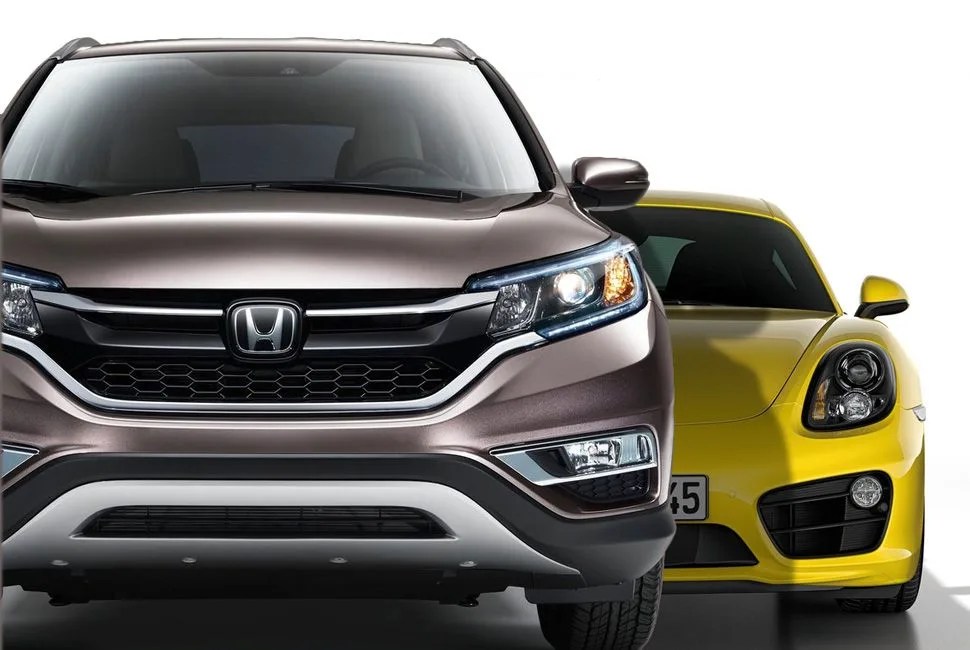My wife and I recently had to replace my beloved manual transmission BMW 3-Series coupe with a Hyundai Santa Fe Sport. Why? Well, we have one kid with another one on the way. You do the math. The Santa Fe doesn’t exactly imbue one with driving thrills, but it holds five comfortably, hauls groceries and baby gear and gives my wife an added degree of security on the road.
More Car Thoughts: The End of Crappy American Cars? | Why the Supercar Will Never Die | Great Cars, Great Drives, a Few Wrong Turns
If it were up to me, I’d cram my two kids in the back of the BMW so they could experience how a real sports coupe drives. Sadly, the reality of the car market is painfully reflective of my reality at home. For a driving enthusiast, it hurts like hell; but it also make sense. Sales in the crossover segment are bursting at the seams, and there’s no end in sight from what I can tell.
For a driving enthusiast, it hurts like hell; but it also make sense. Sales in the crossover segment are bursting at the seams, and there’s no end in sight from what I can tell.
On any given day, you can go to the supermarket parking lot to see large expanses of asphalt occupied by a stupefying number of crossovers. From rugged SUV-inspired models like the new Jeep Cherokee Trailhawk to slightly elevated poseurs like the Mini Countryman (more stilted small wagons than true utility boxes), the domestic landscape is simply littered with them. Bigger just makes the American populace feel more secure, more able to haul kids and bulk goods and superior to more vertically challenged passenger vehicles like sedans and hatchbacks. In fact, 2014 annual automotive sales in America reflected exactly that, with 3,840,601 new crossovers sold — the most popular segment, eclipsing everything else including pickup trucks, being mid-size cars and small passenger cars.
The strongest argument for the prevalence of crossovers is their ability to toe the line between price, driving dynamics, passenger and cargo capacity and mileage. They’re like the shoe you can wear to the gym, the office, the backyard barbecue and the wedding. Even though SUV sales still do relatively well, the desire for big SUVs isn’t what it used to be because of fuel prices (until recently) and the perception of big SUVs’ relationship with the environment. But we still want room and the ability to see over passenger cars, and CUVs fulfill that desire. Earlier last year, IHS Automotive analyst Tom Libby recently posted the hard facts: Small CUVs now outsell what used to be the bread and butter of the automotive industry, midsize sedans. Sure, the Toyota Camry, Honda Accord and Nissan Altima still crush CUVs in single-model sales numbers — an area midsize sedans dominated for a stunning 10-year stretch. But collectively, small CUVs now outsell all midsize sedans on the market.
The simultaneous drop in the popularity of sports cars — the very automotive segment that’s birthed legends like the Porsche 911, the Jaguar F-Type and the Dodge Viper may not seem like the direct result of increased CUV sales, but there is a correlation.
